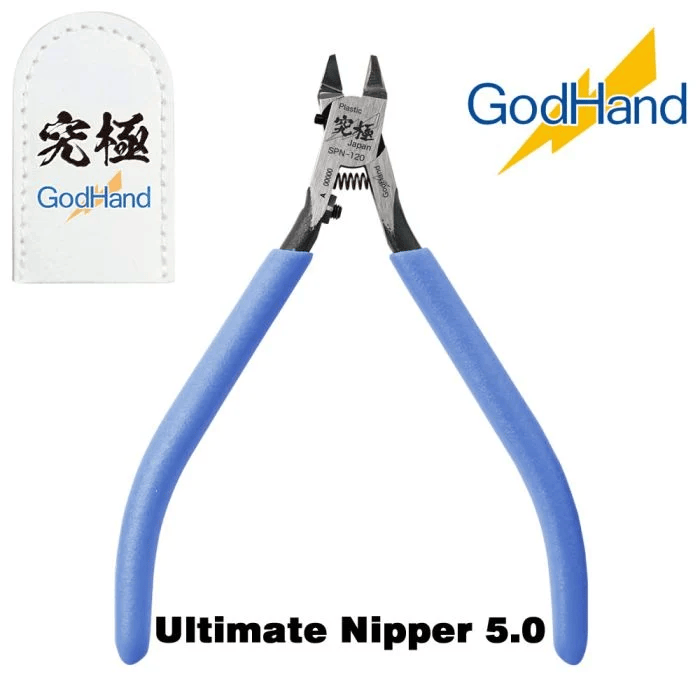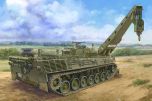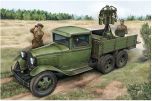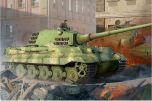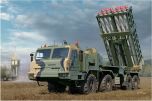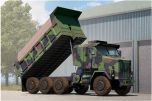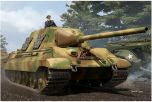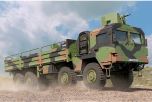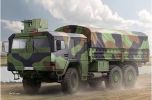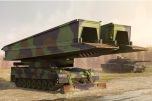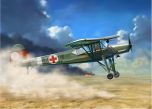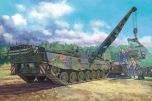Hobbyboss 1/35 Russian BMD-2 # 80155
The BMD-2 (Boyevaya Mashina Desanta-2) is a Soviet/Russian airborne infantry fighting vehicle (IFV), specifically designed for airborne forces, and it entered service in the mid-1980s.
Developed as a successor to the BMD-1, the BMD-2 offers improvements in firepower, mobility, and overall battlefield effectiveness while retaining the light weight and airdroppable capability crucial for airborne operations.
Key Characteristics and Features:
Design and Armament:
Main Armament: The BMD-2 is equipped with a 30 mm 2A42 autocannon, which provides significantly improved firepower over its predecessor, the BMD-1. The 30 mm autocannon is capable of engaging both ground and aerial targets, giving the BMD-2 the ability to combat infantry, light armored vehicles, and helicopters.
Rate of Fire: The 2A42 autocannon has a selectable rate of fire: 200-300 rounds per minute (low) or 550 rounds per minute (high).
Range: It can engage targets effectively at ranges of up to 2,500 meters for ground targets and up to 1,500 meters for aerial targets.
Secondary Armament: In addition to the autocannon, the BMD-2 features a 7.62 mm PKT coaxial machine gun, which is mounted alongside the main gun. This weapon is used for engaging infantry and other soft targets.
Anti-Tank Capability: The vehicle is also fitted with a 9P135M launcher capable of firing 9M111 Fagot (AT-4 Spigot) or 9M113 Konkurs (AT-5 Spandrel) anti-tank guided missiles (ATGMs). These missiles give the BMD-2 the ability to destroy enemy tanks and fortified positions at longer ranges (up to 4,000 meters for the Konkurs missile).
Mobility and Airborne Operations:
Lightweight Design: One of the key design features of the BMD-2 is its light weight, tipping the scales at 8.2 tons. This makes it suitable for airborne and rapid deployment operations, allowing it to be air-dropped along with airborne infantry units from transport aircraft such as the Il-76 or An-124.
Amphibious Capability: The BMD-2 is fully amphibious, equipped with two water jets at the rear of the vehicle, enabling it to cross water obstacles such as rivers without any preparation. It can reach speeds of up to 10 km/h (6.2 mph) in water.
Speed and Range: On land, the BMD-2 is powered by a 240-horsepower 5D20 diesel engine, allowing it to reach a maximum speed of up to 60-65 km/h (37-40 mph) on roads. Its operational range is approximately 500 kilometers (311 miles) on roads, providing decent mobility for airborne operations behind enemy lines.
Protection:
Armor: The BMD-2’s armor is relatively light, composed of aluminum alloy, designed to protect the crew from small arms fire and shell fragments. However, this light armor makes the vehicle vulnerable to larger-caliber weapons, anti-tank guided missiles, and mines. The priority of the design is mobility and deployability over heavy protection.
Crew and Troop Capacity: The BMD-2 is operated by a crew of three (commander, gunner, and driver), and it can carry four to five airborne infantrymen. It features firing ports in the sides of the hull, allowing dismounted troops to engage enemies while remaining inside the vehicle.
Roles and Applications:
Airborne Operations: The BMD-2 is designed for rapid deployment via air, either through parachute drops or landing directly from transport aircraft. It enables airborne forces to quickly establish a mobile and well-armed presence in hostile environments.
Reconnaissance and Rapid Assault: Due to its high mobility and light weight, the BMD-2 is used in roles that require fast movement and agility, including reconnaissance, raiding, and flanking maneuvers.
Infantry Support: As an infantry fighting vehicle, the BMD-2 is tasked with providing direct fire support to airborne infantry, both during rapid assaults and defensive operations.
Limitations:
Light Armor: The BMD-2’s light armor leaves it vulnerable to modern anti-tank weapons and larger caliber artillery. While its agility helps it avoid some threats, it is at greater risk when facing heavily armored units or entrenched positions.
Limited Crew Capacity: While it provides transport for airborne troops, its small size limits the number of soldiers it can carry compared to larger IFVs like the BMP series.
Operational History:
The BMD-2 has seen service with Russian and former Soviet airborne forces in various conflicts, including the Soviet-Afghan War, the Chechen Wars, and more recent conflicts like the Russia-Ukraine conflict.
Its ability to be air-dropped or transported easily makes it a valuable asset for rapid response forces.
Modernization:
Despite being introduced in the 1980s, the BMD-2 remains in service, with some vehicles receiving upgrades to improve their combat effectiveness, including modernized fire control systems and night vision capabilities.
However, it has been supplemented and, in some cases, replaced by newer vehicles like the BMD-4 in frontline units.
Summary:
The BMD-2 is a highly mobile and versatile airborne infantry fighting vehicle that provides airborne forces with firepower, mobility, and amphibious capabilities.
Its lightweight design, combined with its airdrop capability, makes it ideal for rapid deployment in airborne and light mechanized operations, although it is limited by its relatively light armor.
Despite its age, the BMD-2 continues to play an important role in airborne forces around the world.
Did you know we are the UK's largest GodHand Tools stockist and official UK distributor!
Check out their amazing Ultimate Nipper 5.0, which is the best Nipper on the market.
All Godhand tools are available for next-day delivery.







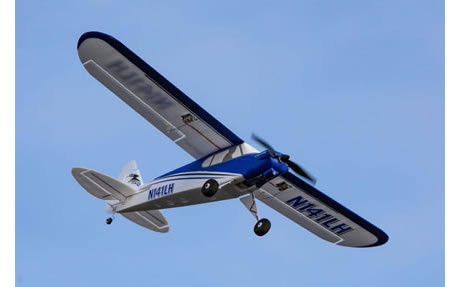
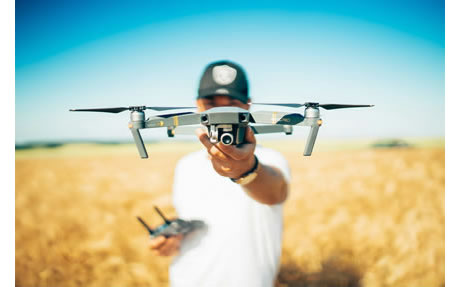










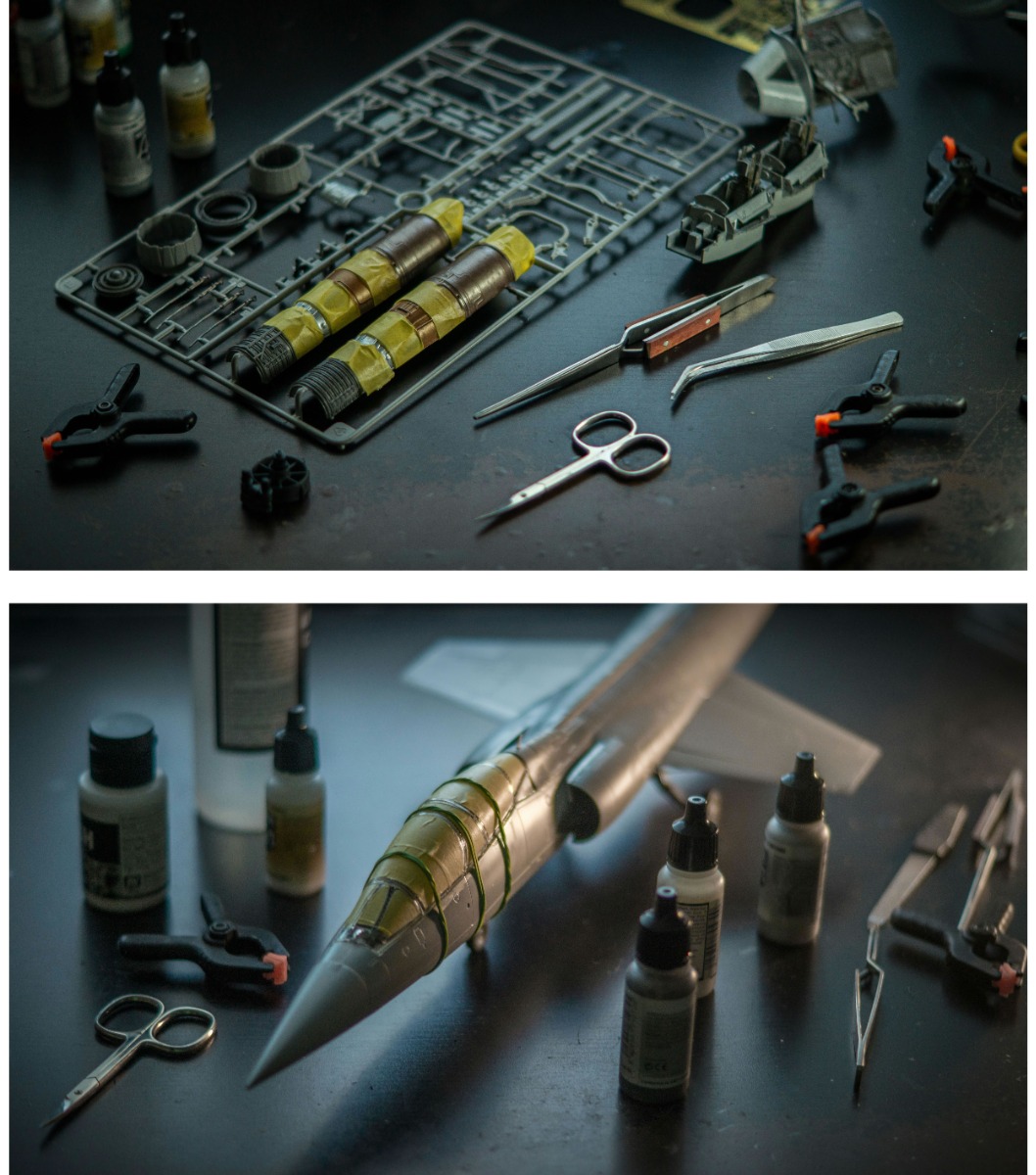
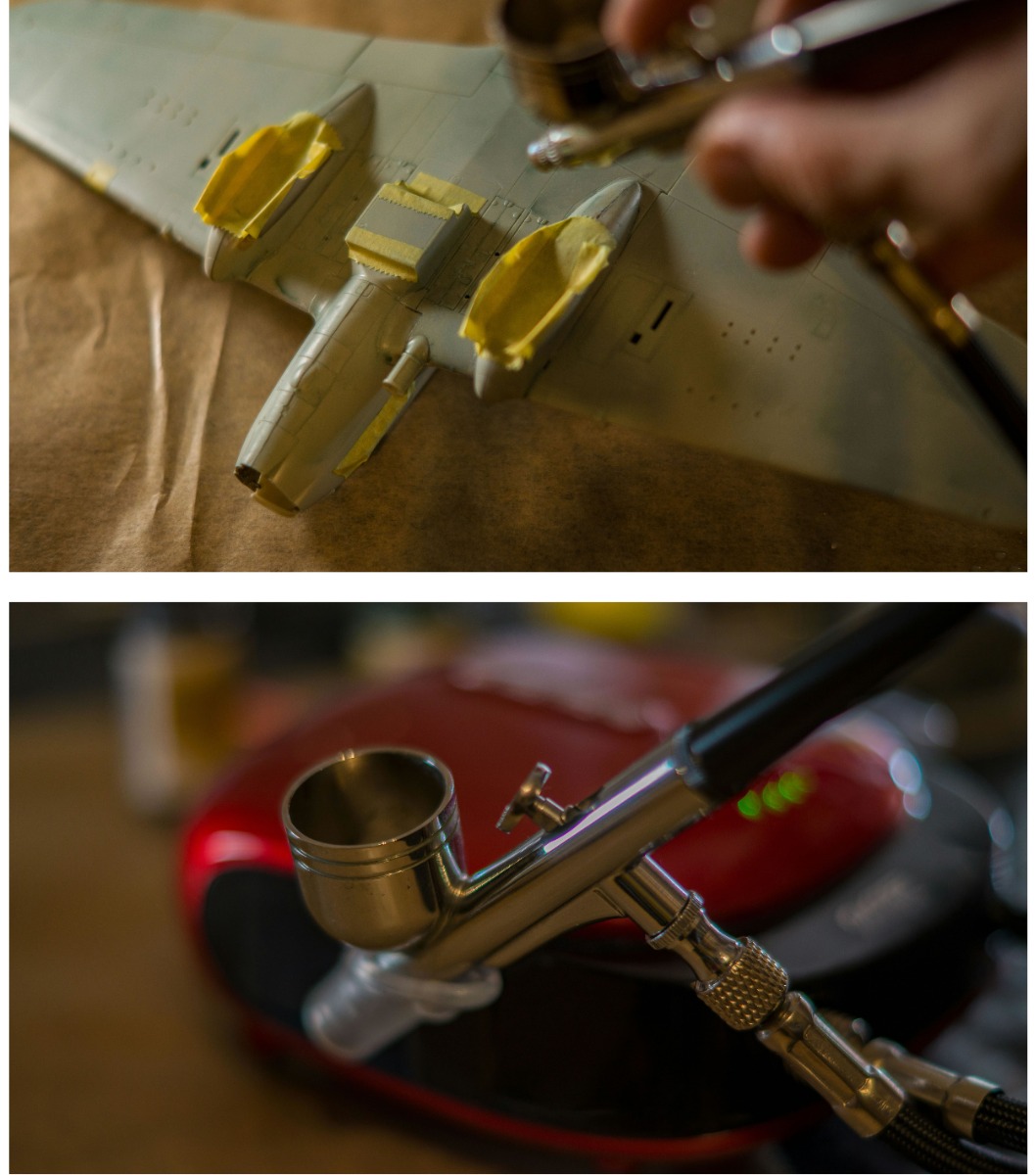
 Spread the cost with Paypal Credit
Spread the cost with Paypal Credit
 Spread the cost with Klarna
Spread the cost with Klarna


